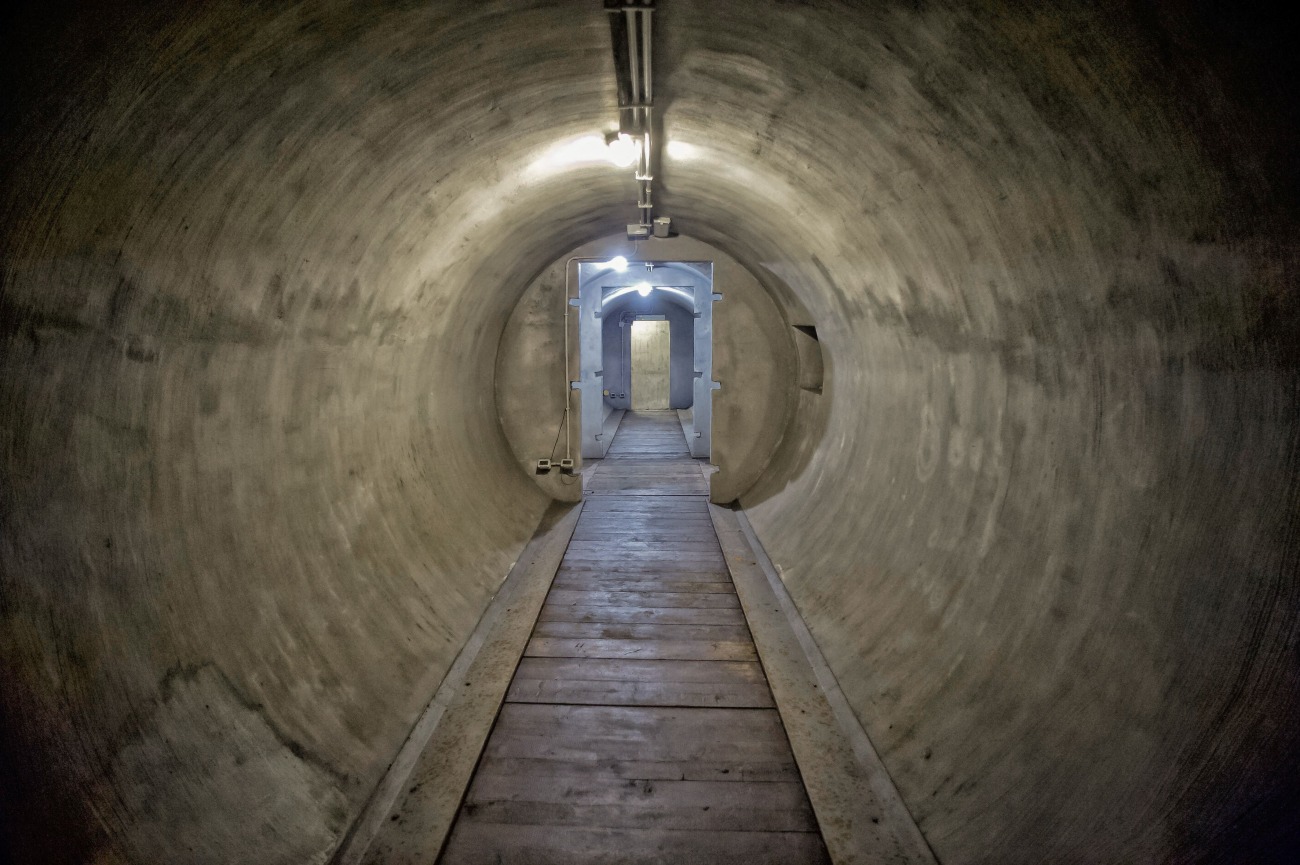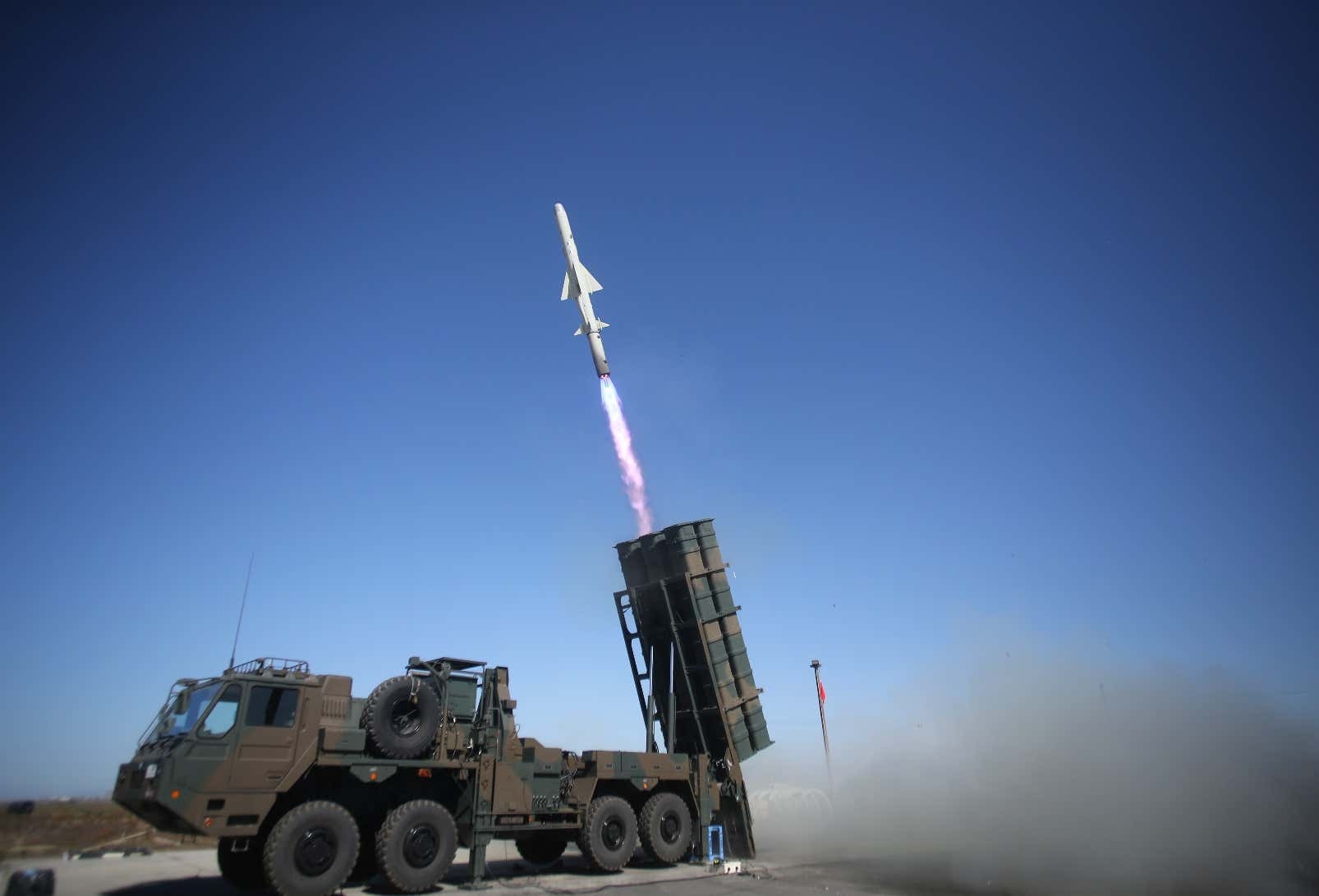The Japanese government is anticipating a war by the People’s Republic of China (PRC) over Taiwan that could reach its outlying southwestern islands and cause civilian casualties. It has, therefore, initiated a program to build reinforced underground bomb shelters in the furthermost islands of the Okinawa Prefecture.
According to a report in the Asahi Shimbun, the program follows a shift in defense posture. The Japan Self-Defense Forces are moving anti-aircraft and surface-to-ship missile batteries to the Nansei (or Ryukyu) island chains, which extend southwest from the main southern island of Kyushu.
Islands like Yonaguni, the last Japanese island in the chain only 110 km northeast of Taiwan, are the center of attention. This was after Japan activated a new base at the southwestern island of Ishigaki in the Okinawa Prefecture in March 2023.
This is the fourth such military facility, with the other three bases being at Amami-Oshima island (Kagoshima Prefecture) and Miyako and Yonaguni (Okinawa Prefecture).
It would be pertinent to note that People’s Liberation Army Navy (PLAN) warships often sail deep into the western Pacific through neutral international waters of the Miyako Strait to enforce military deterrence before Japan, the US, and Taiwan.
Allies see China’s unprecedented forays into the western Pacific with its burgeoning navy and naval drills on Taiwan’s eastern and southeastern waters as establishing a capability to surround and block the island. This prevents any outside intervention – if it decides on a military recourse.
Steel & Concrete Bomb Shelters
The March 29 policy identified the five municipalities of Ishigaki, Miyakojima, Yonaguni, Taketomi, and Tarama as the sites for the bomb shelters. Of these, Yonaguni and Miyakojima hold the anti-air and anti-ship missile units, as mentioned above. The shelters will have “30-cm thick steel-reinforced concrete walls and can also store enough food and water for at least two weeks.”
The design plans envisage “enough floor space (for) each evacuee to have about two square meter space” for themselves. In the absence of war, the shelters can be used for town meetings and community gatherings. The central government will fully fund the facilities.
Civilians & Politicians Uneasy
The Asahi Shimbun report added that residents fear that the plan places them at a “greater risk of coming under attack if China follows up on its threats to move on Taiwan.” It is likely China might view the underground facilities to be secretly used as ammunition storage depots.
In July 2023, Yonaguni Mayor Kenichi Itokazu held talks with Hirokazu Matsuno, the then-chief Cabinet secretary, calling for the government to assuage residents’ concerns about the SDF bases.
The municipalities are located on far-flung islands from where evacuation is only possible via planes and boats. While all the municipalities have compiled evacuation plans in case military conflict erupts, the shelters would be unavailable for those unable to get out in time.
Ken Jimbo, a professor of international security at Keio University in Tokyo, while citing “growing awareness” that military conflict over Taiwan is possible, warned that crisis management plans should recognize that a full invasion of Taiwan by China would have the same consequences as a major natural disaster.

Okinawa Governor Denny Tamaki, in the meantime, called on the government to take “diplomatic measures aimed at peacebuilding.”
The fears are rooted in the brutal Battle of Okinawa in 1945, when one in four Okinawan civilians were killed in the fighting between Japanese and American forces. Thus, there is apprehension that the residents could become victims again if hostilities break out in the region.
“I want to ask the central government for an explanation about how it plans to take steps to ensure peace, rather than only work on the assumption that bases and underground shelters should come first,” Tamaki told reporters in Naha on March 29.
Japanese Missile Bases Vs. Chinese Navy
The missile bases at islands like Yonaguni (the last island in the Ryukyus/Nansei island chain) can threaten the northern flank of a PLAN armada. The Japanese Type-12 anti-ship missile could possibly be fired at Chinese warships, upsetting their tactical calculus.
Japan has also backed up its military with missile development and procurement plans. It has already ordered air-launched missiles like the Norwegian Joint Strike Missile (JSM), 1000 km-range US Joint Air-to-Surface Standoff Missile (JASSM), and the Long Range Anti-Ship Missile (LRASM). These are part of the 2019 Medium Term Defense Program (MTDP).

It is also upgrading the Range of the Type-12 to 1,500 kilometers and aims to deploy it by 2026. Five hundred US Tomahawks are planned to be fielded by 2027 in anticipation of a delay in developing the Type-12 missile upgrade project. The most ambitious project is the indigenous 3,000 km-range hypersonic glide vehicle project, aimed at deployment by the mid-2030s.
Chinese defense observers pointed out how the US’ newly formed Marine Littoral Regiments (MLR) might use the Ryukyus to Taiwan’s north and the Philippine islands (Itbayat, Cagayan, or Isabela) to Taiwan’s south to target Chinese warships.
- The author can be reached at satamp@gmail.com
- Follow EurAsian Times on Google News




